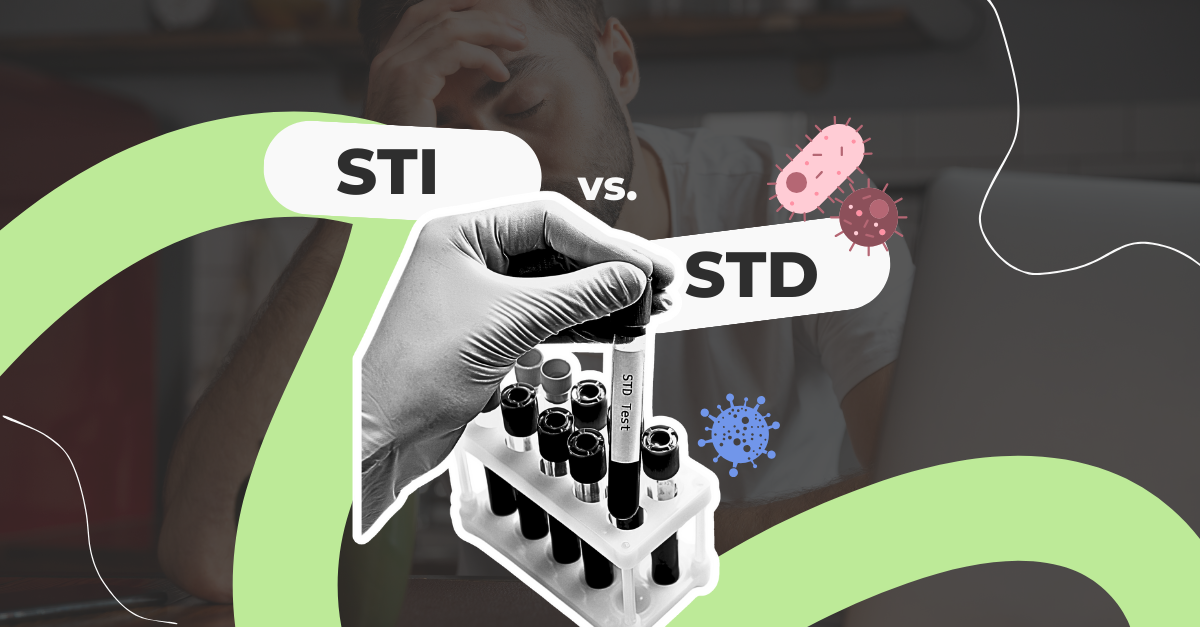Overview
Pearly penile papules (PPP) are small, dome-shaped or thread-like bumps that appear around the head of the penis. These benign growths are not sexually transmitted or contagious and do not pose any health risks. This condition is seen in 8-43% of men. The papules usually appear after puberty, and are more common in men who have not been circumcised. However, they can appear on any male.
Symptoms
Pearly penile papules do not cause any symptoms, and once they develop, they don’t spread or change much in size or shape.
They can be identified by several characteristics:
- They are smooth.
- They look like tiny bumps or threads.
- They measure 1 to 4 millimeters in diameter.
- They form one or two rows around the base of the glans penis (the rounded head of the penis).
Cause
The condition does not appear to have any outside source. It is not the result of an infection or other underlying cause. The bumps are not malignant or premalignant.
The American Urological Association suggests that the papules may be left over from a man’s embryonic development in the womb. While the exact cause isn’t known, health experts agree that pearly penile papules are a normal anatomic condition.
When to See a Doctor
Although PPP is harmless, you should consult a doctor if you:
- Are concerned about the appearance of the bumps.
- Experience pain, itching, or other symptoms.
- Notice any changes in the size, color, or number of papules.
If you ever notice any bumps, discoloration, or other unusual features develop on or around your genitals, see a doctor to get a diagnosis.
Diagnosis
The diagnosis can usually be made simply by examining their appearance. It shouldn’t be difficult to distinguish pearly penile papules from other skin conditions, such as viral warts. If there is any concern that the bumps may be a threat, some tissue can be biopsied to confirm a diagnosis.
Treatment
As PPP is harmless and not associated with any health risks, treatment is typically unnecessary. However, if the papules cause cosmetic concerns or emotional distress, treatment options may include:
- Carbon dioxide laser surgery: Precise carbon dioxide lasers produce infrared energy that can dissolve the papules. This procedure is generally safe and effective.
- Radiosurgery: Targeted radiation creates free radicals, which are molecules that can damage healthy cells. The free radicals attack the cells of the papules, causing them to fade away. While accurate, radiosurgery isn’t any more accurate or effective than carbon dioxide laser surgery.
- Cryosurgery: This procedure uses extreme cold to freeze the papules so they will disappear.
- Excisional surgery: A surgeon uses traditional tools, such as a scalpel, to remove each papule individually. This approach is more likely than the others to cause scarring.
Coping and Support
Coping with PPP involves understanding and accepting the benign nature of the condition. Consider the following strategies:
- Educate yourself and others about the harmless nature of PPP.
- Seek support from friends, family, or a mental health professional if needed.
- Focus on overall health and wellness to boost self-confidence.
Preparing for Your Appointment
Before your appointment, make a list of:
- All your symptoms and their duration.
- Any concerns or questions you may have.
- Your medical history, including any current medications or supplements.
What to Expect from Your Doctor
Your doctor will likely ask you questions about your symptoms, personal habits, and medical history. They will examine the affected area and may take a sample for testing if necessary. Be prepared to discuss any concerns or questions you may have.
What Can You Do in the Meantime?
While waiting for your appointment, avoid picking, scratching, or squeezing the papules, as this may cause irritation or infection. Maintain good hygiene and skincare practices to keep the affected areas clean and healthy.
Take Control Today! Try HeHealth's AI-Powered Services 🚀🩺💻

Ready to prioritize your penis health? Harness the power of HeHealth's AI-powered services. Click the link below to access our user-friendly platform. By uploading an image, you'll receive a confidential and efficient AI-powered, doctor-validated result in less than 24 hours. Take control of your sexual well-being and unlock your true potential today. 💪🔬💻
Click here to try out HeHealth's AI-powered scan today... 💻👨⚕️🩺





